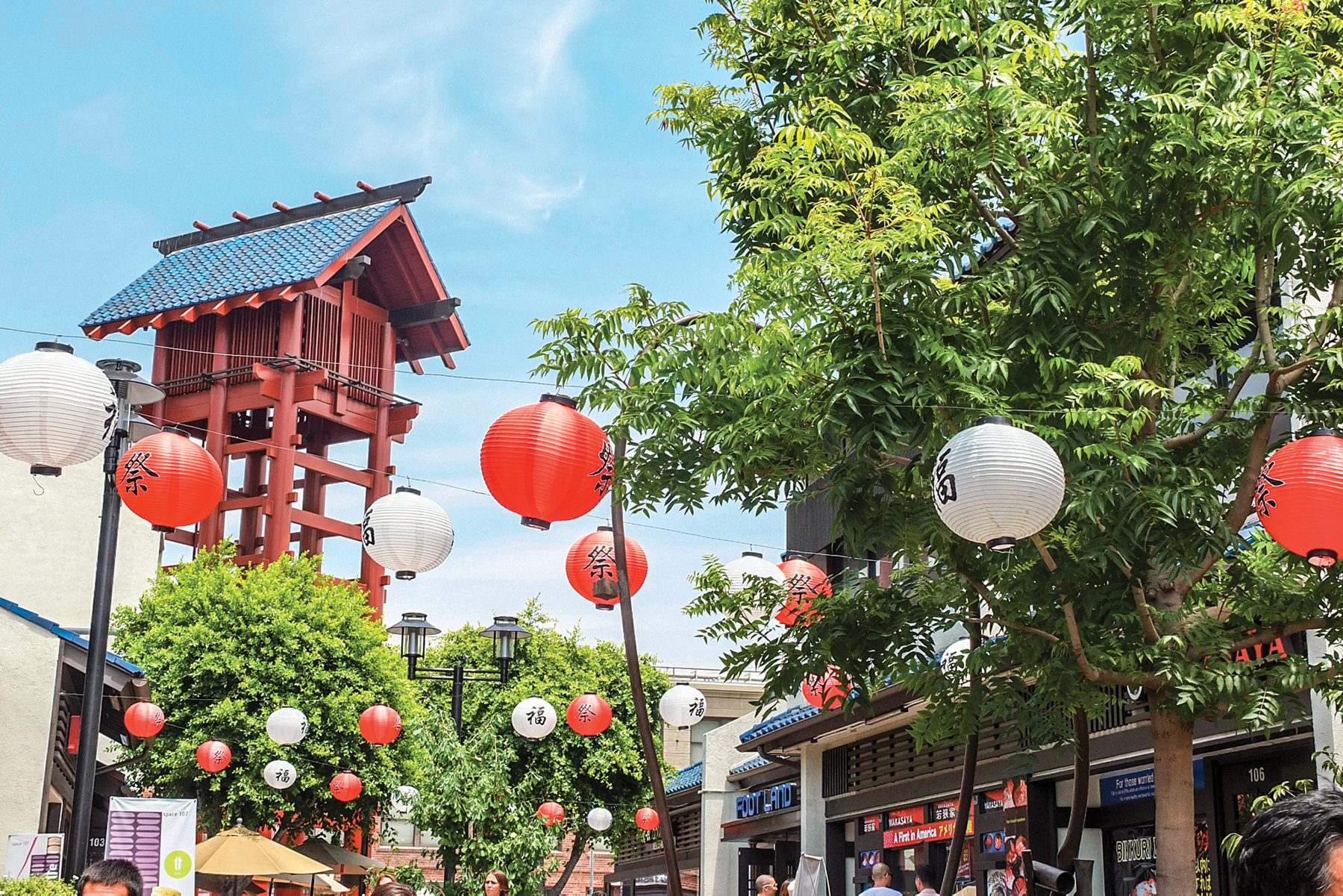Former Oklahoma City Mayor Ron Norick, having swung and missed at an economic development opportunity in the early 1990s, had a big idea. What if, instead of chasing after businesses with economic incentives, a city invested in itself and created the kind of community that would attract smart, creative young people — which would, in turn, attract businesses?
Norick developed the city's Metropolitan Area Projects (MAPS) initiative — a 1 cent sales tax with a start and end date and a list of capital projects to be built — designed to enhance the city's quality of life and generate private sector investment. Norick's pitch to citizens was simple: Even if MAPS didn't result in new businesses moving here, we'd have a better community for our residents. To the tune of $350 million, the voters passed MAPS in 1993, and Oklahoma City's renaissance began.
With the city moving in the right direction, the next mayor, Kirk Humphreys, realized the district's schools were in a state of disrepair and needed attention. The school system lacked the bonding capacity or public support to address it. Humphreys proposed and voters approved a $700 million MAPS for Kids, a second iteration of the penny sales tax, which would be used to renovate or build more than 70 inner-city schools.
Today, a third mayor is completing the final projects of MAPS for Kids. In addition to rebuilding our school system, MAPS for Kids added a brand new elementary school in the heart of the downtown business district. It's not uncommon to see 20 children and their teachers walking through downtown en route to a visit to the okc Museum of Art, The Oklahoma City National Memorial and Museum, or other downtown points of interest.
We're often asked how, in a very conservative state, we are able to pass tax increases. An important aspect of the MAPS program is that the city pays cash for the capital projects. The money is collected, and the projects are built without debt. The success of the program has earned the voters' trust, and they seem to appreciate the fiscally conservative, debt-free design of MAPS.
After a community-wide conversation on health and wellness prompted by our decision to put the entire city on a diet, the conversation turned toward creating a built environment that nudged people toward active lifestyles. A $777 million MAPS 3 package that included bike trails, sidewalks, a 70-acre city park, senior wellness centers, a world-class white-water kayaking course, and public transit was passed by voters in 2009.
With all projects fully funded through MAPS, much of the work on trails and sidewalks is under way. The white-water course opens in the spring, in time for US Olympics trials. One of the four senior wellness centers is under construction, and we'll break ground on the park and modern streetcar system next year.
In each case, we had the advantages of some degree of desperation — a struggling economy, crumbling school infrastructure, and a battle with obesity — coupled with civic leaders with vision and a voting public willing to roll up its collective sleeves to work together and build a better community. In the process, we've realized that people used to go where the jobs were. Today, Oklahoma City is mapping its future on the belief that people move to places that offer a high quality of life, with walkable streets, public transit, the arts, professional sports, and great public spaces. And the jobs follow the people.

